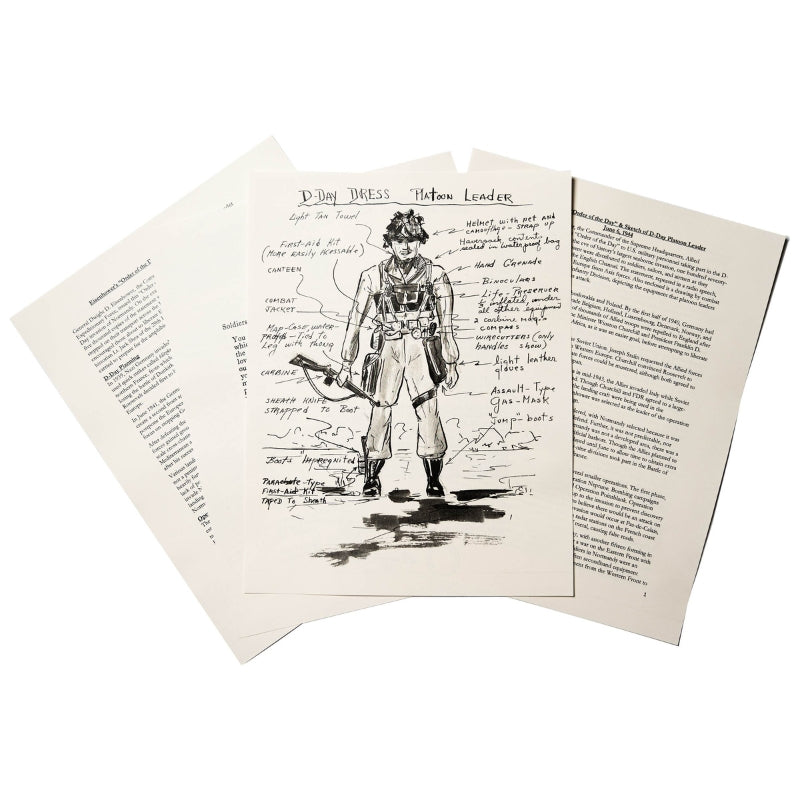




Gettysburg Address in full color with Lincoln and flags — Archival print
A very high quality reproduction of a 1908 print of the Gettysburg Address, with President Lincoln surrounded by flags at the top, and cannon, “High tide at Gettysburg,” and “The Bloody Angle” at the bottom.
Our reproduction is printed with archival inks on archival paper.
Framed, this will command the attention of anyone who walks into the room.
Look at the close up photos and you’ll see exactly the way this print looked when it was printed in 1908, on the 45th anniversary of the Gettysburg Address.
For example, you see some dots in the portrait of Lincoln and the registration (i.e., the alignment of the printing plates) wasn’t perfect, so Lincoln’s portrait isn’t as sharp. (From a normal viewing distance, you won’t see any of that.) The solid black text of the address is very sharp. It’s all exactly the way the original appears and is the result of the printing process they used in 1908.
If you own our reproduction of the spectacular Binns engraving of the Declaration, the paper weight will be similar, but because that is an engraving, it is razor sharp.
Our Gettysburg Address and our Binns are both high quality reproductions from high-resolution scans. Each looks the way it does because of the way each was originally printed.
Size: 22" x 30", which is very close to the original size.
About the paper weight and printing process: Printed on fine art grade 100% cotton rag, acid-free archival paper with archival inks.
This print is also available in a small 11" x 14" commercially-printed version.
Also available, Lincoln's Gettysburg Address and Stovepipe Hat Shirt and Long-sleeved shirt.
You might also be interested in the Abraham Lincoln and the Emancipation Proclamation — Archival print.
Historical background
President Lincoln delivered his brief remarks during the dedication of the Soldiers' National Cemetery in Gettysburg, Pennsylvania, on the afternoon of November 19, 1863, four and a half months after the Union armies defeated Confederate forces at the Battle of Gettysburg.
Edward Everett, considered the nation's greatest orator at that time, was the main speaker, not Lincoln. Everett spoke for two hours—you can read his speech here—and he was followed by a musical selection. Lincoln spoke next. His remarks lasted about two minutes.
Source: Wikipedia
Buy it with
Satisfaction Guaranteed
If, at any time, you are unhappy with your service, email support@historybymail.com. We we will cancel your subscription and refund the remaining amount.
As Seen On

























